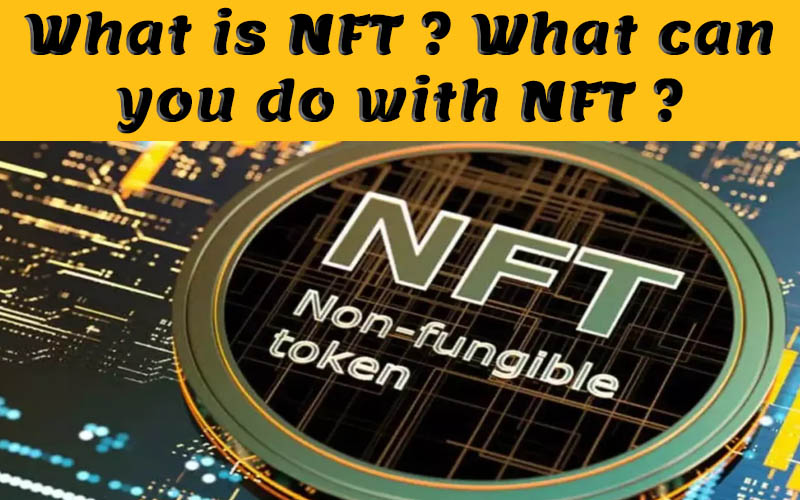In a crucial moment for the economy, Federal Reserve Chair Jerome Powell addresses the idea of “transitory” inflation and its potential impact on the market, tariffs, and interest rates. Learn more about his insights and the reactions from economists.

The word “transitory” in the economy was recently back in the news — courtesy of Federal Reserve Chair Jerome Powell. In comments on Wednesday, Powell revived this hot-button expression, in reference to the potential short-lived impact of tariffs on inflation. The Fed is treading carefully on interest rates with the economy still murky, and this news has gotten mixed reactions from investors and economists.
Read Also – 👉👉Amtrak Leadership Transition: A New Era Begins With Stephen Gardner’s Surprise Resignation👈👈
Understanding the ‘Transitory’ Inflation Concept
What Does ‘Transitory’ Mean?
When Jerome Powell refers to inflation as “transitory,” he means any price increases caused by tariffs are also temporary. It is based on the battle that the Federal Reserve has waged since the pandemic started; Powell thought inflation would not stick around. However, what was originally thought to be a hiccup in the system manifested into a multi-decade peak inflationary phase that impacted consumer behaviour and market confidence. The term captures a positive assessment that prices could rise in the near term, but will eventually settle down rather than create longer-lasting inflationary pressures.
Why Is This Relevant Now?
Powell’s comments come at an especially important time, particularly in the context of elevated uncertainty around trade policy. Those tariffs were rolled out under the last administration, but they are having second-order effects throughout the economy, passing their way through to everything from consumer goods to supply chains. With people starting to feel the pain of higher prices, the key question is: Can the Fed really rein in inflation like Powell hopes? Or are these increasing prices a sign of a more structural issue that is hiding underneath? Investors are poring over recent economic indicators and market signals looking for clues on how to maneuver in this difficult environment.
Powell’s Approach Amid Economic Complexity
Balancing Act: Tariffs vs. Economic Growth
Powell’s case rests on an elegant balance between inflation hawkishness and dovish support for growth. He acknowledges that tariffs might create a one-time inflation bump he ultimately hopes will be resolved. It is a brave position that is not widely held; economists such as Mohamed El-Erian argue for a more sober approach, arguing that inflation can become entrenched if it feeds into consumer expectations and wage demands. This balancing act reflects the uncertainty the Fed confronts in its dual mission of maximizing employment and ensuring plucky prices.
Interest Rates: ‘Steady as She Goes’
The decision to keep rates steady has upset feathers across the market. President Trump, who has been especially vocal in his criticism of the Fed, has been pushing for rate cuts to help alleviate the impact of these incoming tariffs. Powell, in sharp contrast, favors monetary discipline until inflation is closer to the Fed’s still-elusive target rate of 2%. Such conflicting views are heightening tensions inside and outside the Fed, reflecting the extreme pressure to make politically savvy decisions while adhering to the central bank’s economic mandate.
Economic Trends and Market Reactions
Labor Market Resilience vs. Consumer Spending
So to better understand the broader economic context, here is some recent data: The U.S. labor market has mostly stayed strong, with low unemployment rates and moderate wage growth. In this data-rich economy, the good news is tempered with a note of caution as signs emerge of a slowdown in consumer spending. As consumers start tightening their belts amid fears of inflation’s grip, the Fed’s obstructions grow ever more vexing — How to enhance confidence in the economy while reining in an expanding cost of living? This complex network of macrodynamics that market analysts see and try to ascribe patterns to, in search of clues as to what the Fed might do next.
Investor Sentiment and Market Volatility
Investors have reacted to Powell’s comments with both hope and skepticism. Tons of investors are facing the market with their anti-dandruff solution, trying to make sense of swinging stock prices and otherBondy volatility, as the tussle around trade policy and fears of inflation wrestle. The recent debilitation of notables, like Broadcom’s drop from the trillion-dollar valuation club, does illustrate that sound fundamentals can be lost in the shuffle of market anxiety. Investors are well aware that these are tricky waters to navigate as markets react to everything from earnings reports to Fed signals.
Looking Ahead: Scenarios for the Future
Potential Paths Forward for the Fed
With Powell and his team mulling a more extensive overhaul of their monetary framework, it’s not clear what options lie ahead. Will they choose the path of hiking interest rates sooner if inflation expectations go up, or does it stick with its current playbook? Analysts say that the Fed’s next steps will largely be dictated by the evolving economy and consumer sentiment moving forward. As inflation from tariffs intersects with labor market conditions, the Fed’s decisions likely will be scrutinized from all quarters.
What Investors Should Keep an Eye On
For investors, the coming months will be key to understanding what Powell’s approach will mean for the larger market. Watching retail sales, inflation gauges and employment data for signals on when and how the Fed may change course is critical.” Market dynamics are always uncertain, but staying attuned to the dynamics of consumer sentiment, economic growth and Fed action will yield key insights into actionable investment strategies in the months ahead.
Conclusion
To sum up, Jerome Powell’s renewed acceptance of the term ‘transitory’ with regards to inflation presents very real ramifications for the economy and markets. With tariffs still fueling price levels, the Fed’s cautious approach to interest rates highlights the delicate balancing act between stimulating growth and maintaining price stability. Investors that remain alert and agile will the best-equipped one to navigate the unpredictability ahead.
FAQs
What does ‘transitory inflation’ mean?
Temporary inflation refers to the inflation that is expected to not continue over a period of time. It’s a phrase commonly used by central banks, including the Fed, to signal that any surges in inflation, including ones potentially triggered by tariffs or other outside forces, won’t last. This means that although things may get more expensive in the short term, the expectation is that it will even out and return to a normal cost over time. However, such a label is only effective if the bank itself accurately predicts economic trends, something that is not easily determined.
How does Jerome Powell’s stance affect the stock market?
Key to determining investor sentiment and market action is Jerome Powell’s take on transitory inflation and interest rates. When Powell says inflation is temporary, it gives investors peace of mind and could help steady stock prices. On the other hand, if investor confidence shakes due to rising inflation or Powell takes a more dovish policy on interest rates, it could result in more volatility in the market. As a result, stock market players tend to analyze Powell’s comments and signals on Fed policy closely, as his words can have a significant impact on both market movements and investment decisions.
Related Videos
Read Also –
This article is for informational purposes only and should not be considered financial or investment advice. Please consult a financial advisor for professional guidance regarding your personal financial situation.
Read Also –
| https://fortune.com/2025/03/20/jerome-powell-transitory-inflation-tariffs-interest-rates/ |
| https://www.mitrade.com/insights/news/live-news/article-8-708831-20250320 |
Hey! I hope you enjoyed reading this! If you did, could you do me a small favor and hit the like button? It would mean a lot to me and help me reach more people. Thank you so much! Got any thoughts on this post? Drop them in the comments below!
How many stars would you give for my effort?





